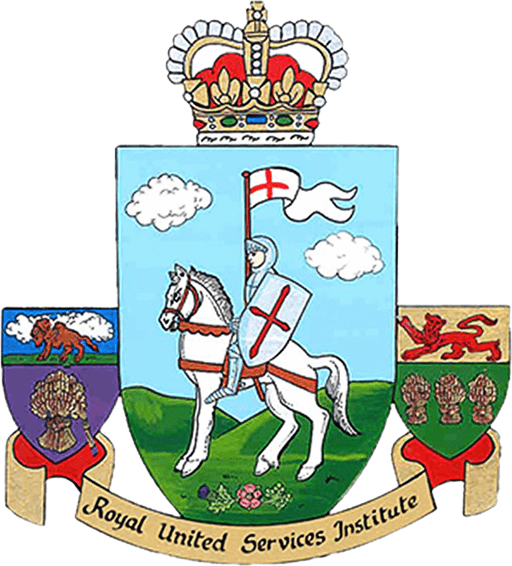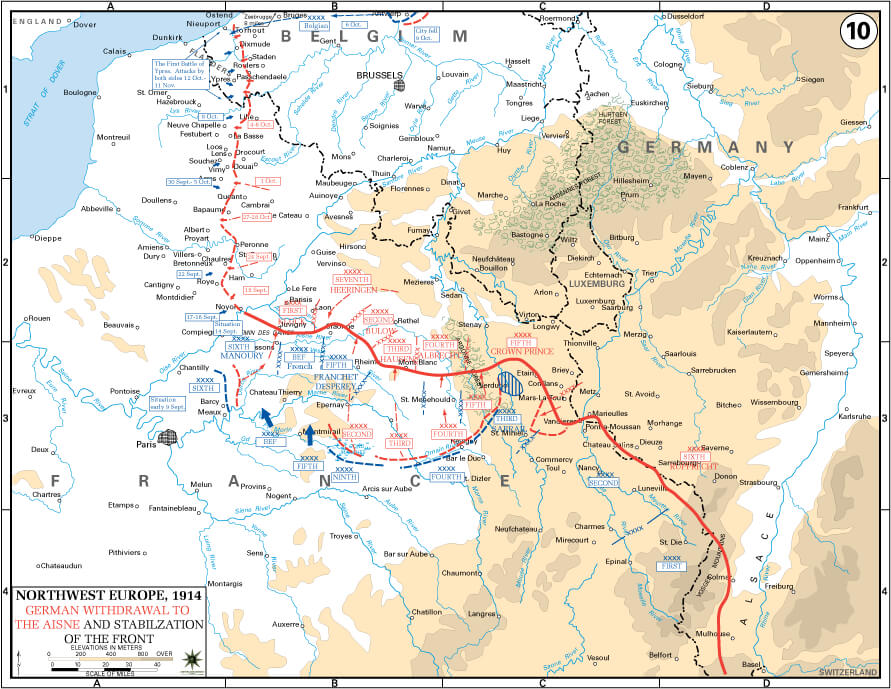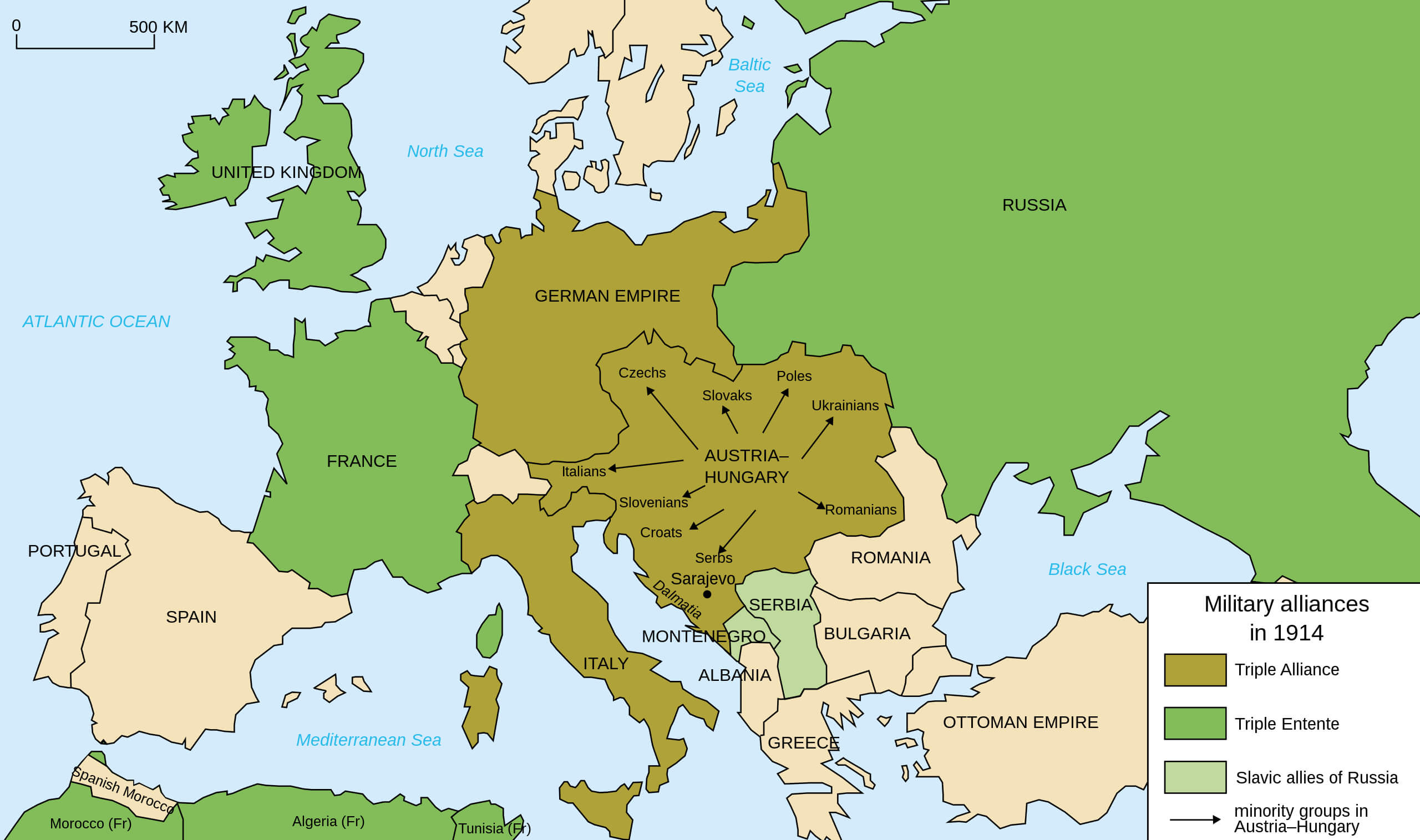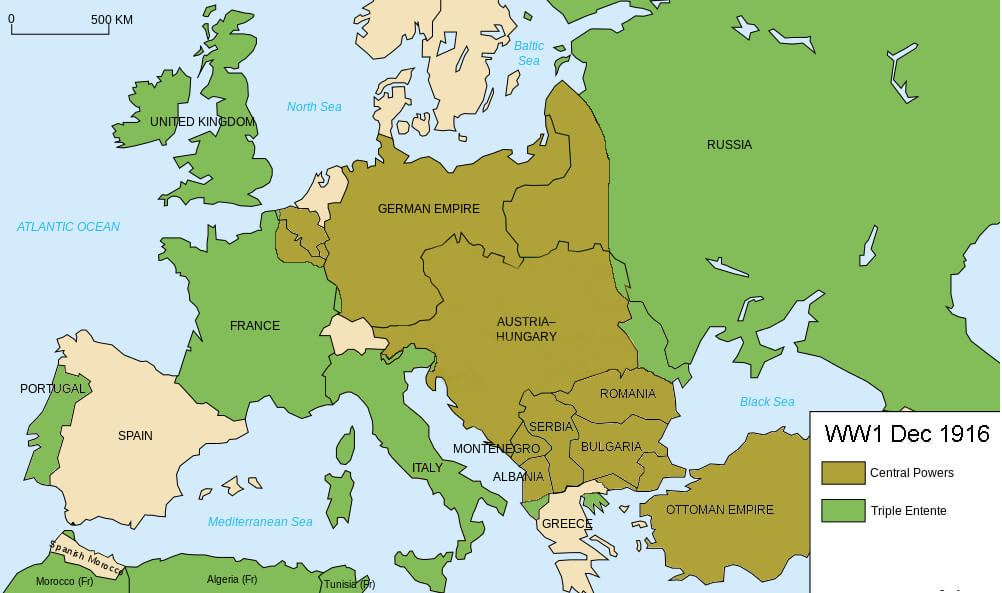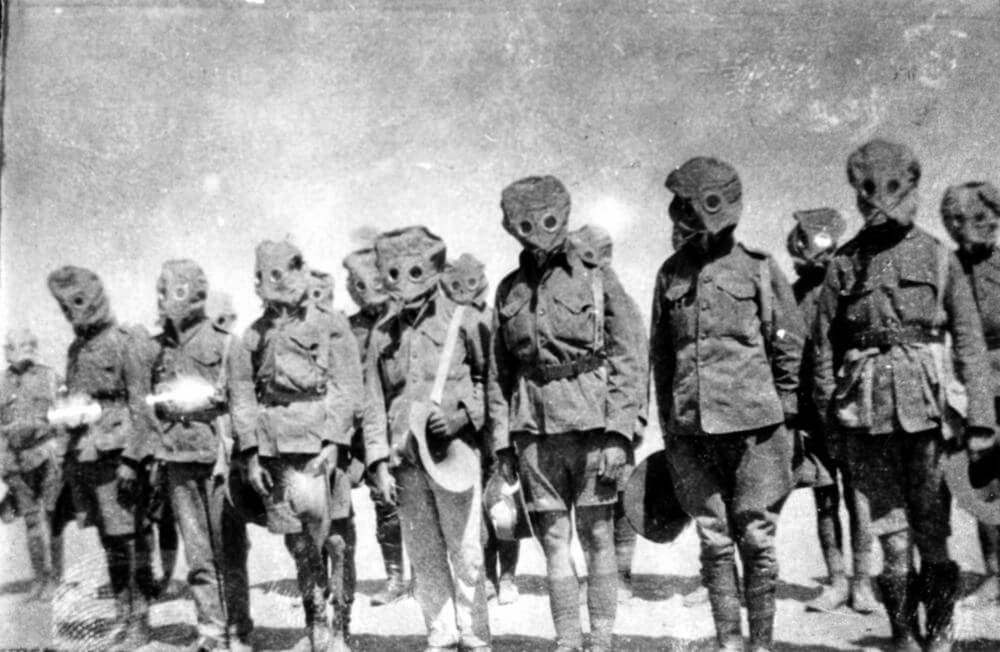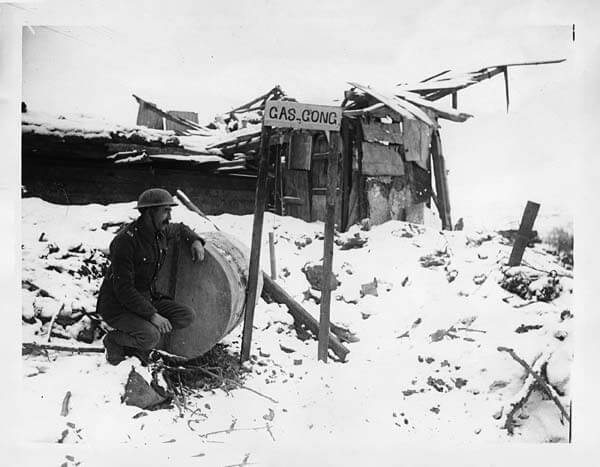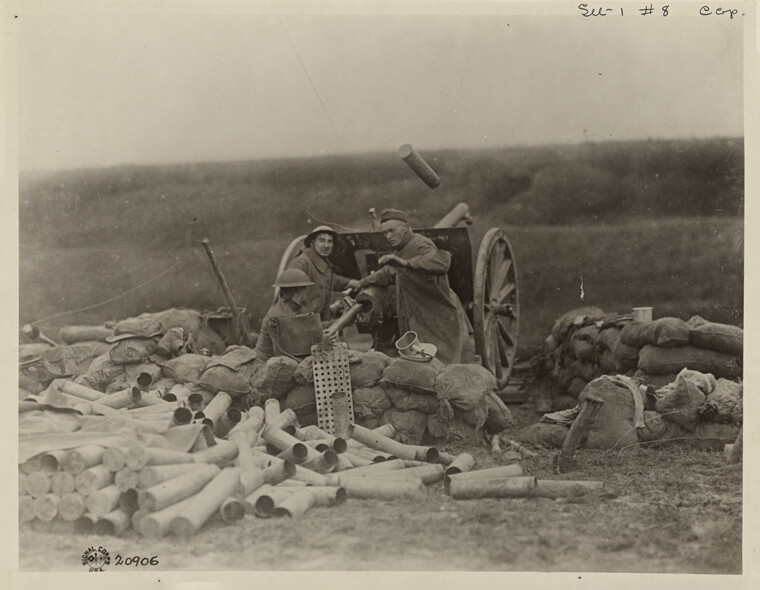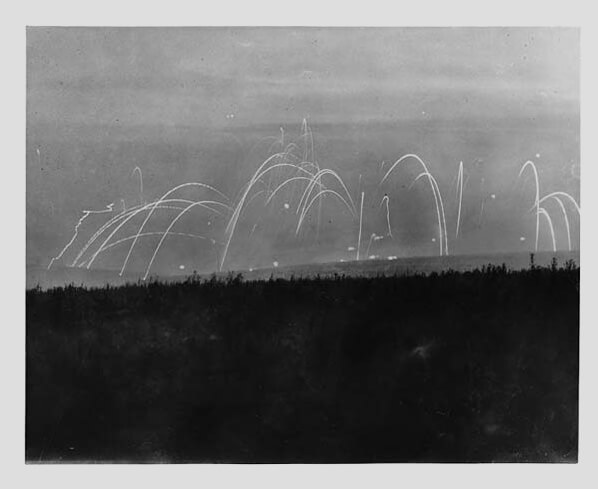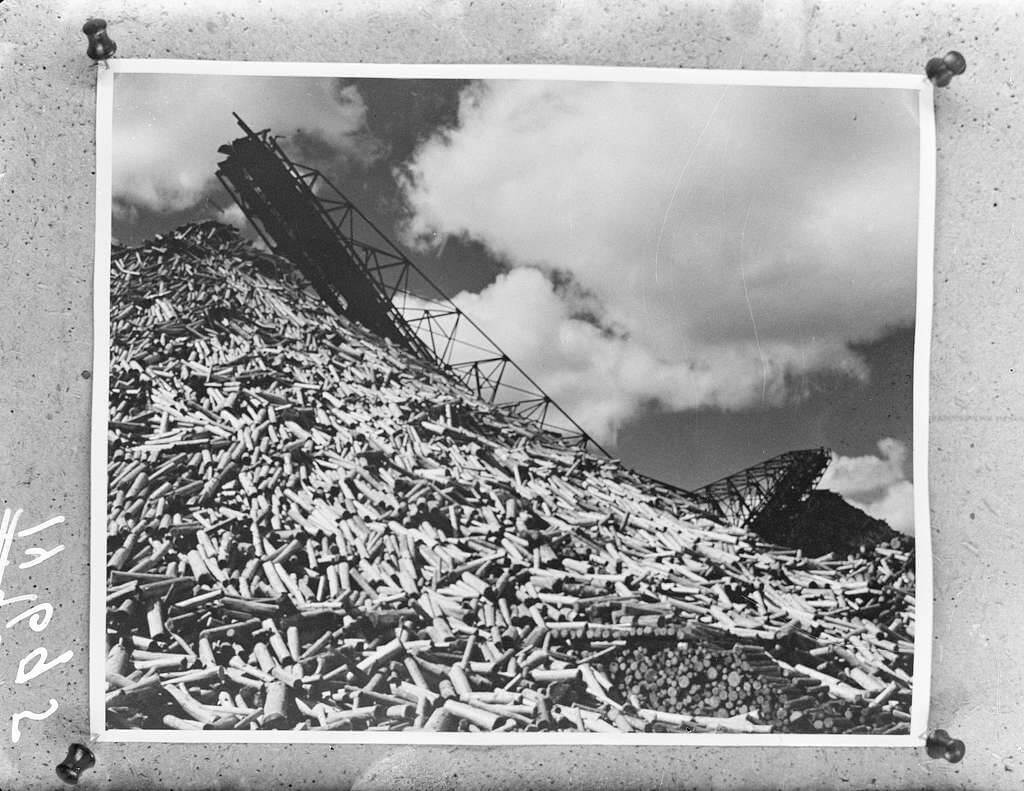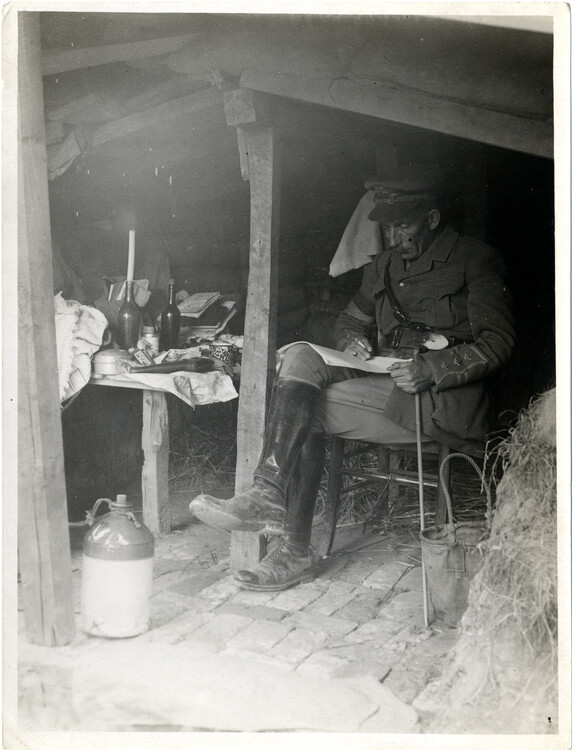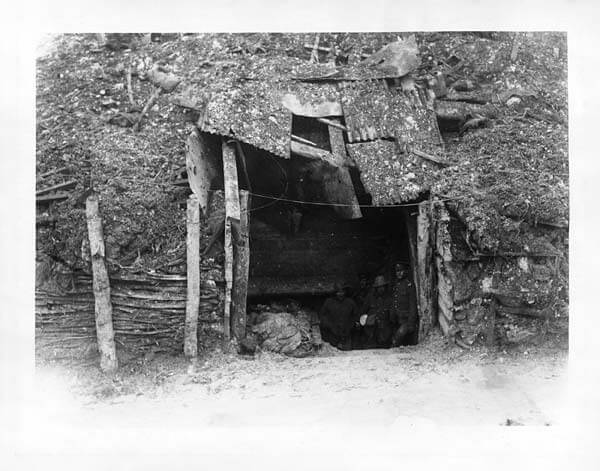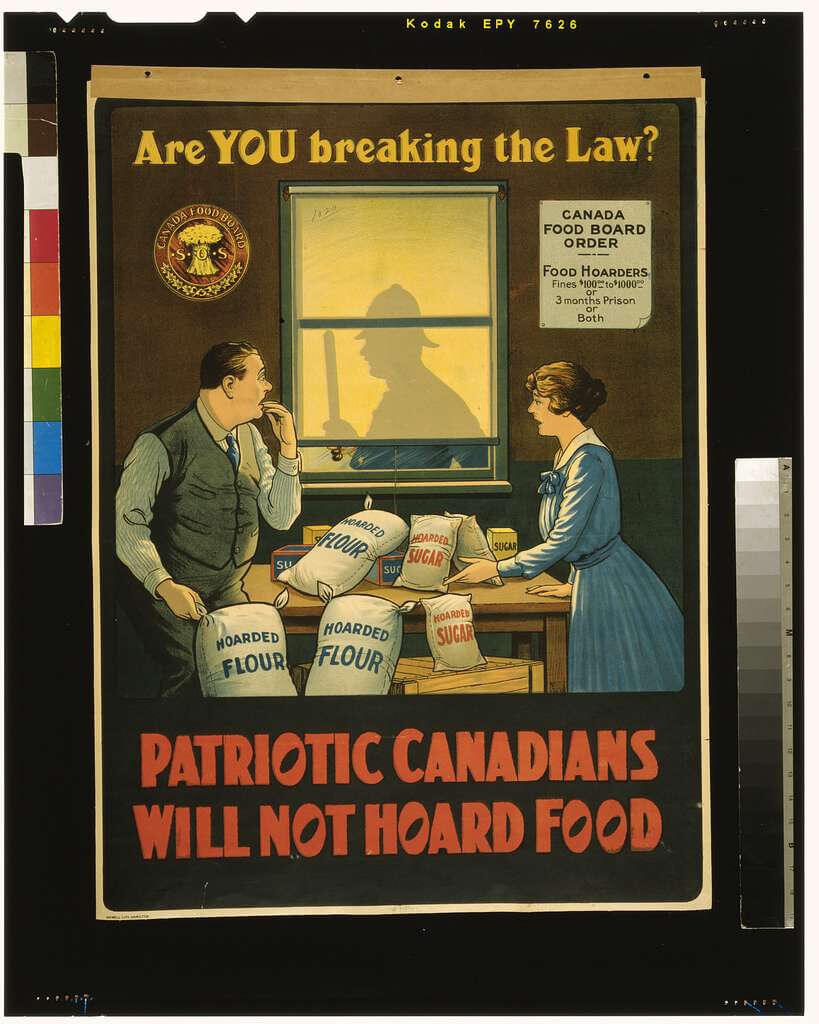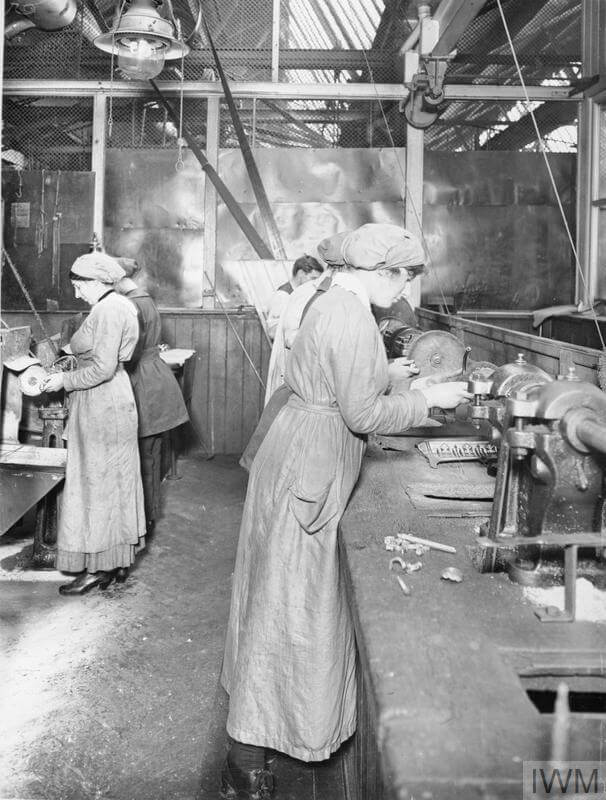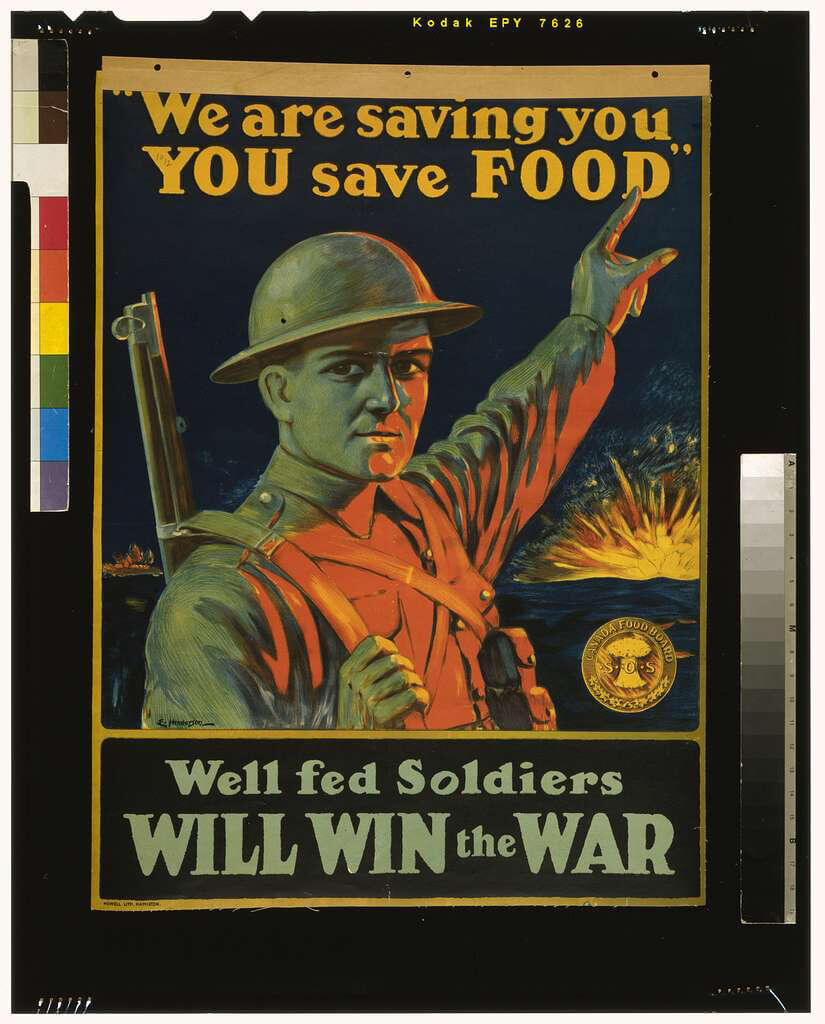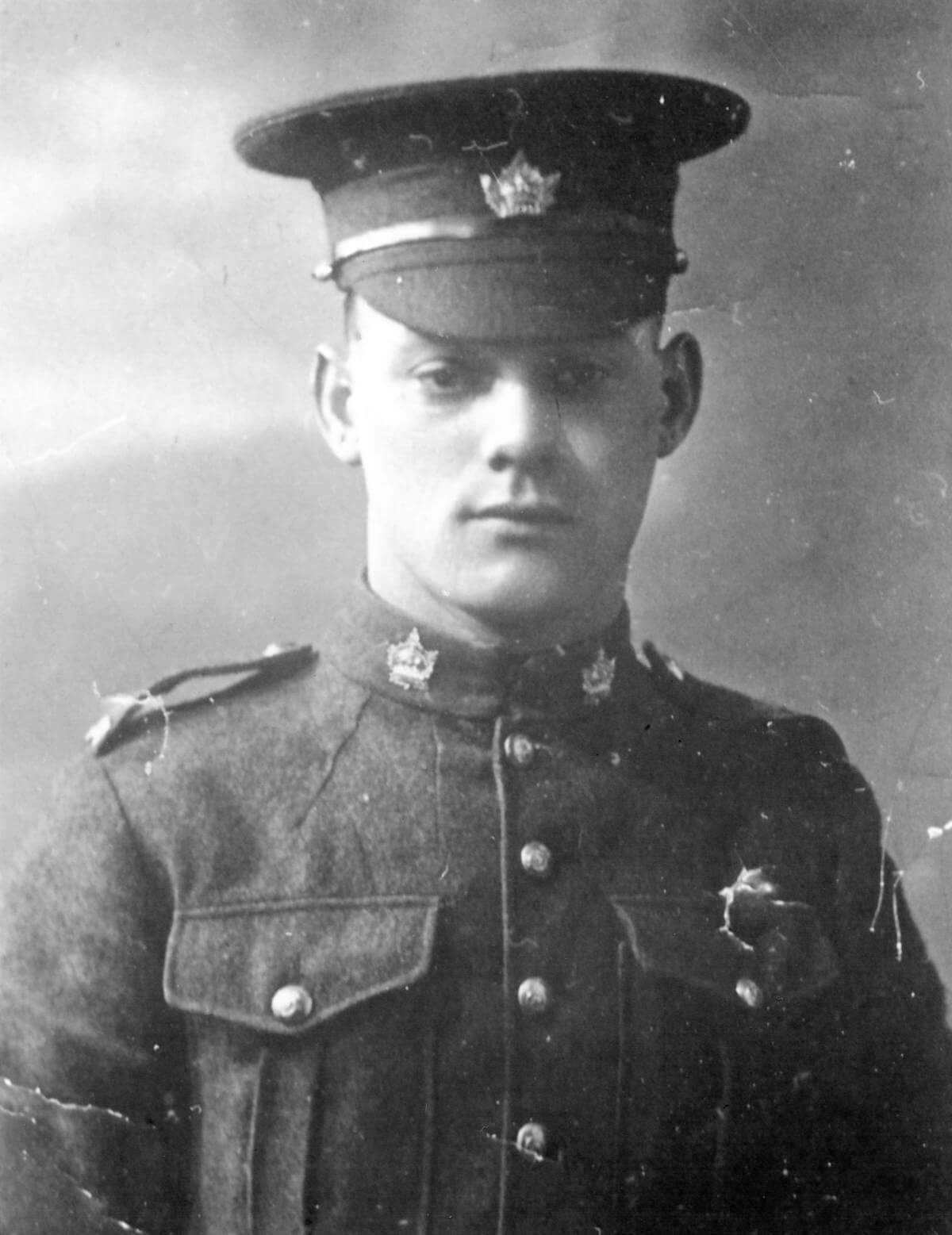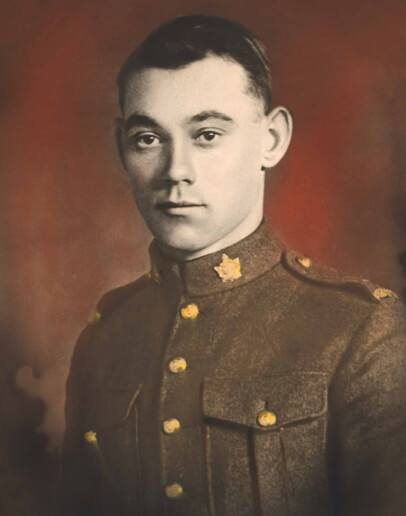World War I: transport of the wounded. Oil painting by Ugo Matania. 1916.
On November 11th, 1918 the fighting of the War to End All Wars was finally over. For all the nations involved both their soldiers and civilians breathed a sigh of relief. The four long years of suffering had ended alongside the sound of the guns.
The war ended as it began, with jubilation. At the outbreak of war there was great enthusiasm. Many young men enlisted patriotically to serve their country. War would be a great adventure, over by Christmas.
The War had been started on August 4th, 1914, due to the then recent assassination of an Austrian Archduke, and due to a network of European alliances and colonial holdings, had expanded into a world war. Canada was drawn into the conflict due to being part of the British Empire. The majority of the fighting took place on either side of German territory, with Canada and Britain fighting alongside France and Belgium on the western front.
The reality of warfare was anything but what they imagined. What they found was no glorious adventure but rather a drawn-out struggle amidst some of the worst conditions humanity can produce.
The battlefields of the First World War were typified by vast swathes of thick mud, craters from artillery shells and tangles of barbed wire. These conditions, mixed with the widespread introduction of the machine gun, led to grievous losses during the war.
World War One: tending of wounded in trenches. Wellcome Collection.
On either side of the killing fields known as No Man’s Land great lines of trenches stretched from the coast to the Swiss border. For the soldiers living in them they were a ten-foot-deep labyrinth of rats and filth.
Soldiers in the trenches were always on guard, for at any time the enemy could launch poison gas. Exposure to this gas permanently burned the eyes and seared the lungs, and until the development of gas masks there was no defence against it.
During prolonged artillery bombardment soldiers would be trapped in cramped and dingy holes built into the trenches known as dugouts for days on end as the ground shook from the explosions outside.
Enduring these conditions for so long caused soldiers to develop Shell-shock, now called Post-Traumatic Stress Disorder.
It was the end of this suffering that was being celebrated on Armistice Day. Though the war ended later with the signing of the Treaty of Versailles, Armistice Say marked the end of the fighting. The war had taken 8.5 million lives. Canada, a small nation of 8 million, sent over 630 thousand soldiers, having lost approximately 61,000, From these Saskatchewan suffered over 6,400 casualties. It is their sacrifices which we remember every year on November 11th.
World War One: Pushvillers, France: wounded soldiers on a trolley being taken from the Casualty Clearing Station to an ambulance train. Photograph, 1916. Wellcome Collection.
Sources
- Gray, Billy. A Sunny Subaltern (Toronto, McClelland, Goodchild & Stewart), 7-8.
- Gray, Billy. A Sunny Subaltern (Toronto, McClelland, Goodchild & Stewart), 121.
- Showalter, D. E. and Royde-Smith, .John Graham. “World War I.” Encyclopedia Britannica, September 17, 2023.
- Morton, Desmond. “First World War (WWI).” The Canadian Encyclopedia Historica Canada. Article published August 05, 2013; Last Edited August 24, 2021
- “Casualties by Conflict,” Saskatchewan Virtual War Memorial, Accessed September 18, 2023
Written by: Michael Lorch and Evan Foster, of the University of Regina.
